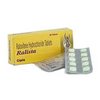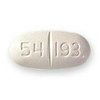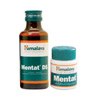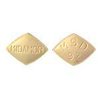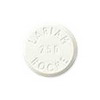INDICATIONS
Ralista (Raloxifene hydrochloride) is a selective estrogen receptor modulator (SERM) that belongs to the benzothiophene class of compounds. Raloxifene's biological actions are largely mediated through binding to estrogen receptors. This binding results in activation of certain estrogenic pathways and blockade of others. Thus, raloxifene is a selective estrogen receptor modulator (SERM).
INSTRUCTIONS
The recommended dosage is one 60-mg Ralista tablet daily, which may be administered any time of day without regard to meals.
DOSAGE
Use the medicine as prescribed by your doctor.
If you miss a dose of Ralista, skip the missed dose and go back to the regular dosing schedule. Do not take 2 doses at once.
STORAGE
Store Ralista at 77 degrees F (25 degrees C), in a tightly closed container. Brief storage at temperatures between 59 and 86 degrees F (15 and 30 degrees C) is permitted. Store away from heat, moisture, and light. Do not store in the bathroom. Keep Ralista out of the reach of children and away from pets.
MORE INFO:
Active Ingredient: Raloxifene
Raloxifene decreases resorption of bone and reduces biochemical markers of bone turnover to the premenopausal range. These effects on bone are manifested as reductions in the serum and urine levels of bone turnover markers, decreases in bone resorption based on radiocalcium kinetics studies, increases in bone mineral density (BMD) and decreases in incidence of fractures. Raloxifene also has effects on lipid metabolism. Raloxifene decreases total and LDL cholesterol levels but does not increase triglyceride levels. It does not change total HDL cholesterol levels. Preclinical data demonstrate that raloxifene is an estrogen antagonist in uterine and breast tissues. Clinical trial data (through a median of 42 months) suggest that raloxifene lacks estrogen-like effects on the uterus and breast tissue.

